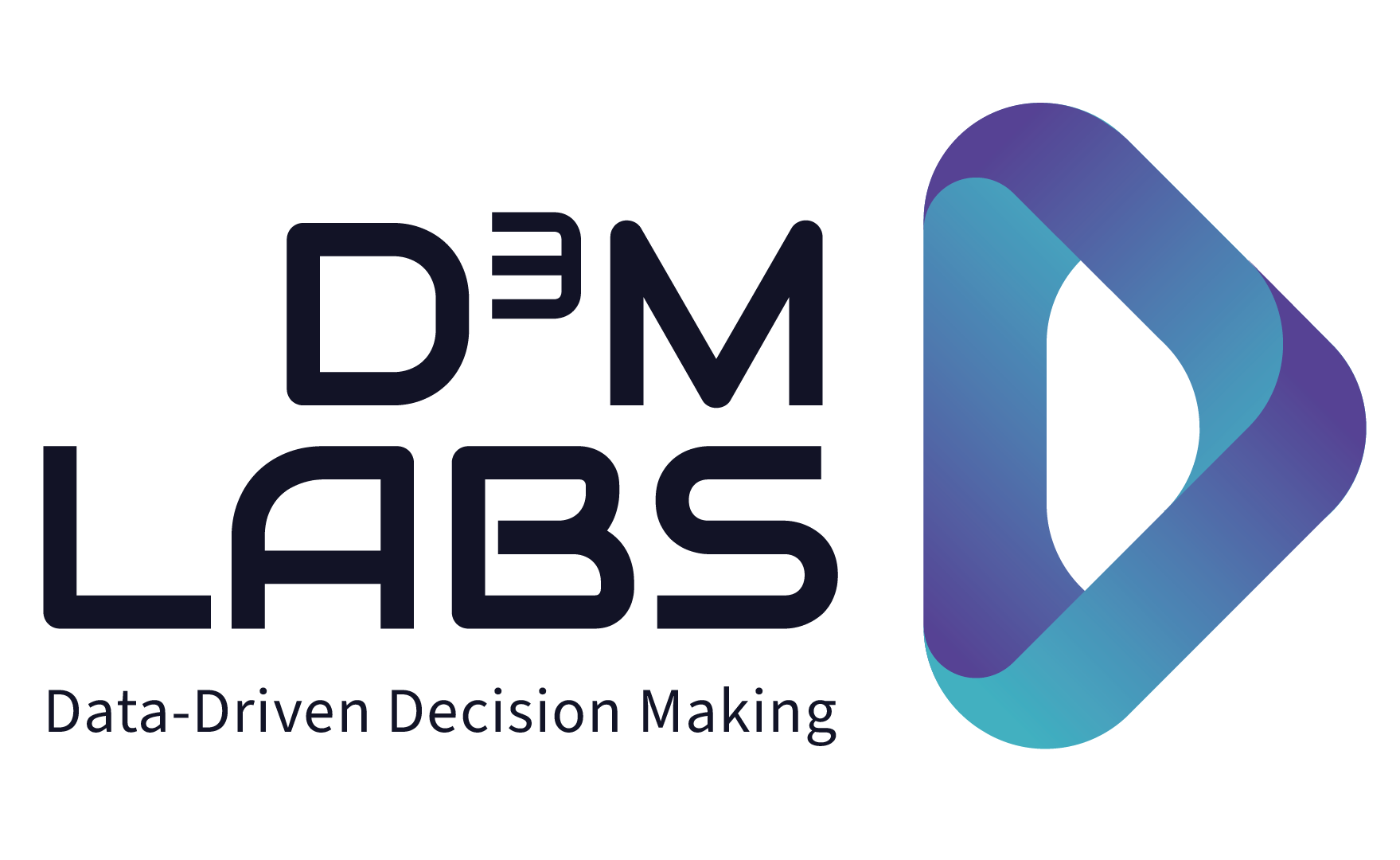Also published here on Ashish’s Substack
I have been reading about self-service analytics over LinkedIn from different Data Leaders for some time. I feel everyone has a different definition of Self-Service Analytics.
With this article, I want to give everyone‘s definition a perspective because most of them are not wrong. I am also looking for some people to challenge me if, in their organization, they have a different kind of self-service analytics.
Gartner for High Tech gave a good base for the definition of self-service analytics:
Self-Service Analytics is a form of business intelligence (BI) in which line-of-business professionals are enabled and encouraged to perform queries and generate reports on their own, with nominal IT support. Self-service analytics is often characterized by simple-to-use BI tools with basic analytic capabilities and an underlying data model that has been simplified or scaled down for ease of understanding and straightforward data access.
What I consider here, there are different levels of self-service analytics.
Level 0 – No Enablement – The BI Team performs all the queries and generate reports for every use-case of the Line of Businesses (LOB).
Level 1 – BI Assisted Enablement – The BI Team creates the reports or table visualisations with maximum number of dimensions so that the LOB explore the recent or future use-cases with minimum generation of new reports.
Level 2 – Conditional Enablement – The BI Team/Analytics Engineers create the data models and educate the LOB with easy-to-use BI tools (such as Tableau, Metabase). As a result, The LOB can explore the number of concerns.
Level 3 – Full Enablement – The BI Team / Analytics Engineers create the data models and the organization has natural conversational tools (such as ThoughtSpot, Microsoft Clarity) so that anyone in the organization can ask anything.
In big organizations or big start-ups, all levels will exist because of different use cases, priorities, stakeholders being very technical etc. In small start-ups, it is better and more resource efficient to be on a specific level.
Who is Ashish Kalra?
Ashish Kalra is an experienced data leader with 10+ years of experience in the industry with different business models such as Social Network, B2C, E-commerce etc. Conversion Rate Optimization, CLV/Retention Optimization, Marketing Budgeting Analytics, Project Market Fit and Self-Service Analytics have been the key projects delivered under his portfolio.


What is self-service analytics in the context of business intelligence (BI), and how does it differ from traditional BI approaches? What are the key characteristics and benefits of self-service analytics?